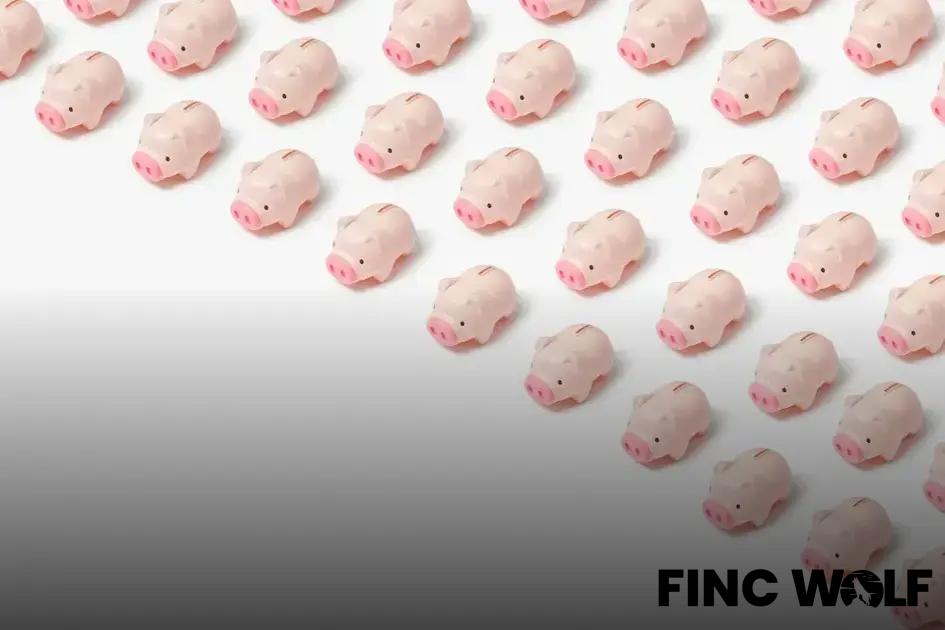Is credit card debt good or bad? This is a question many ponder as they navigate their personal finances. In this article, we explore the benefits and risks associated with credit card debt, offering strategies to manage it wisely. By understanding the nuances of credit card debt, you can make informed decisions that align with your financial goals. Let’s dive into this complex topic and uncover whether taking on credit card debt is a prudent choice for you.
Understanding Credit Card Debt
Credit card debt is money you owe that comes from using your credit card. When you buy something with the card, you’re taking a loan from the card company. You need to pay this money back by a certain date, called the due date.
If you don’t pay the full amount, you will incur interest, which is an extra fee on what you owe. This can make your debt grow quickly. It’s important to understand that using a credit card is like using borrowed money. If not managed well, it can lead to financial stress.
Understanding how credit works can help you make smart choices. When you use your credit card wisely, you can build a strong credit score. However, if you overuse it, you might find yourself in trouble.
Many people use credit cards for convenience and safety. You don’t have to carry cash, and many cards offer rewards like cash back. But you have to be careful. If you spend more than you can afford, it can lead to a cycle of debt accumulation.
The Benefits of Credit Card Debt

Credit card debt can offer advantages when managed wisely. One benefit is the opportunity to build credit history. By consistently paying off credit card bills, individuals can improve their credit scores, making it easier to secure loans or mortgages in the future.
Another advantage is the potential for rewards and cashback. Many credit cards offer points, airline miles, or cash back on purchases, which can lead to direct savings or perks.
Credit cards can also enhance financial flexibility. They can be useful in emergencies when immediate funds are needed, allowing you to manage unexpected expenses without disrupting your budget.
A convenience factor is also present since credit cards eliminate the need to carry large amounts of cash. This aspect can also lead to easier tracking of expenditures through monthly statements, aiding in budget management.
Risks Associated with Credit Card Debt
Understanding the Risks
While credit card debt can offer some conveniences, it also comes with significant risks that can impact your financial health. One of the key dangers of credit card debt is the potential to accrue high interest rates. Credit card companies often charge much higher interest rates compared to other forms of credit. This means if you carry a balance from month to month, the cost of borrowing can escalate quickly.
Another risk is the cycle of minimum payments. Many credit card users are tempted to pay only the minimum amount due each month. While this might seem like a manageable option, it actually prolongs debt repayment and maximizes interest accumulation. This cycle can trap cardholders in persistent debt that becomes difficult to eliminate.
Credit score impact is another factor to consider. Carrying high balances on credit cards can negatively affect your credit utilization ratio, which is a major component of your credit score. A lower credit score can make it more challenging to secure loans in the future, potentially leading to higher interest rates on those loans.
Moreover, credit card debt can strain personal budgets and limit your ability to save. Large amounts of outstanding debt might force you to allocate a substantial portion of your income towards payments, leaving less room for other financial goals like saving for emergencies or retirement.
How to Manage Credit Card Debt Wisely

To handle credit card debt effectively, start by creating a budget that outlines your income and expenses. Prioritize paying off your high-interest debts first, as they cost more over time. Consider using the snowball method, where you pay off smaller debts first to gain momentum, or the avalanche method, targeting the highest interest rate debts.
It’s crucial to avoid accumulating new debt while you work on paying down existing balances. Set a limit on your credit card usage or operate largely on cash to keep expenditures in check. This can prevent further debt pile-up.
Consolidating debt into a single lower-interest payment can be beneficial, making it easier to manage payments and reduce overall interest costs. However, ensure that the terms of consolidation do not extend the debt period significantly.
If you feel overwhelmed, seek assistance. Credit counseling services can provide support and negotiate with creditors on your behalf.
Comparing Credit Card Debt to Other Debts
When we talk about different types of debt, it’s important to understand how credit card debt compares with other common forms of borrowing. Credit card debt is often seen as one of the most flexible, yet it can also be the most expensive due to high-interest rates if not managed properly.
Unlike mortgages, which are secured by property, credit card debt is unsecured, meaning there’s no collateral backing it up. This makes it a higher risk for lenders, resulting in higher interest rates for borrowers. On the other hand, mortgages usually have lower interest rates and longer repayment terms, which can make monthly payments more manageable.
Then there’s student loan debt. While typically larger in amount, student loans often come with lower interest rates compared to credit card debt and are designed to be paid off over a longer period. They also usually offer more options for payment adjustments based on income. However, unlike credit cards, they can’t be discharged in bankruptcy, making them a long-term commitment.
Car loans, like mortgages, are secured by the vehicle being purchased. They usually have lower interest rates than credit cards but can still accumulate quickly if payments are missed, as the car can be repossessed.
Personal loans offer a middle ground between credit cards and secured loans. While they have fixed interest rates and terms, they lack the revolving nature of credit cards, which lets you borrow as needed up to a limit.
In summary, while credit card debt offers a great deal of flexibility and potential for rewards, it’s critical to manage it wisely to avoid falling into costly traps. Each type of debt serves a different purpose and comes with its own pros and cons. Understanding these differences is crucial in making informed financial decisions.
Conclusion: Is Credit Card Debt Worth It?

Navigating the World of Credit Card Debt can often feel like walking a tightrope, balancing benefits against risks. It’s imperative to know your financial landscape before making decisions involving credit cards. They offer convenience and financial flexibility as a means to build credit history. However, when used excessively, they can lead to mounting debt that’s hard to overcome.
Understanding both sides is crucial. On one hand, credit cards can provide an accessible means to cover unexpected expenses or emergencies. Yet, high-interest rates and large balances can quickly spiral into unmanageable levels of debt. This dual nature requires a strategic approach to use.
To benefit from credit card usage, always stay informed about the terms and conditions of your card, managing payments punctually, living within a budget, and keeping track of spending habits. Adopting these practices can prevent credit card debt from becoming an overwhelming burden.
It’s also worthwhile to consider how credit card debt compares to other types of debt. Many people find that credit card debt carries higher interest rates than student loans or mortgages, resulting in a longer time to pay off without incurring extra charges.
Ultimately, deciding whether credit card debt is worthwhile involves evaluating your financial goals and how credit cards align with them. Be informed, stay vigilant, and use credit as a tool, not a crutch.




